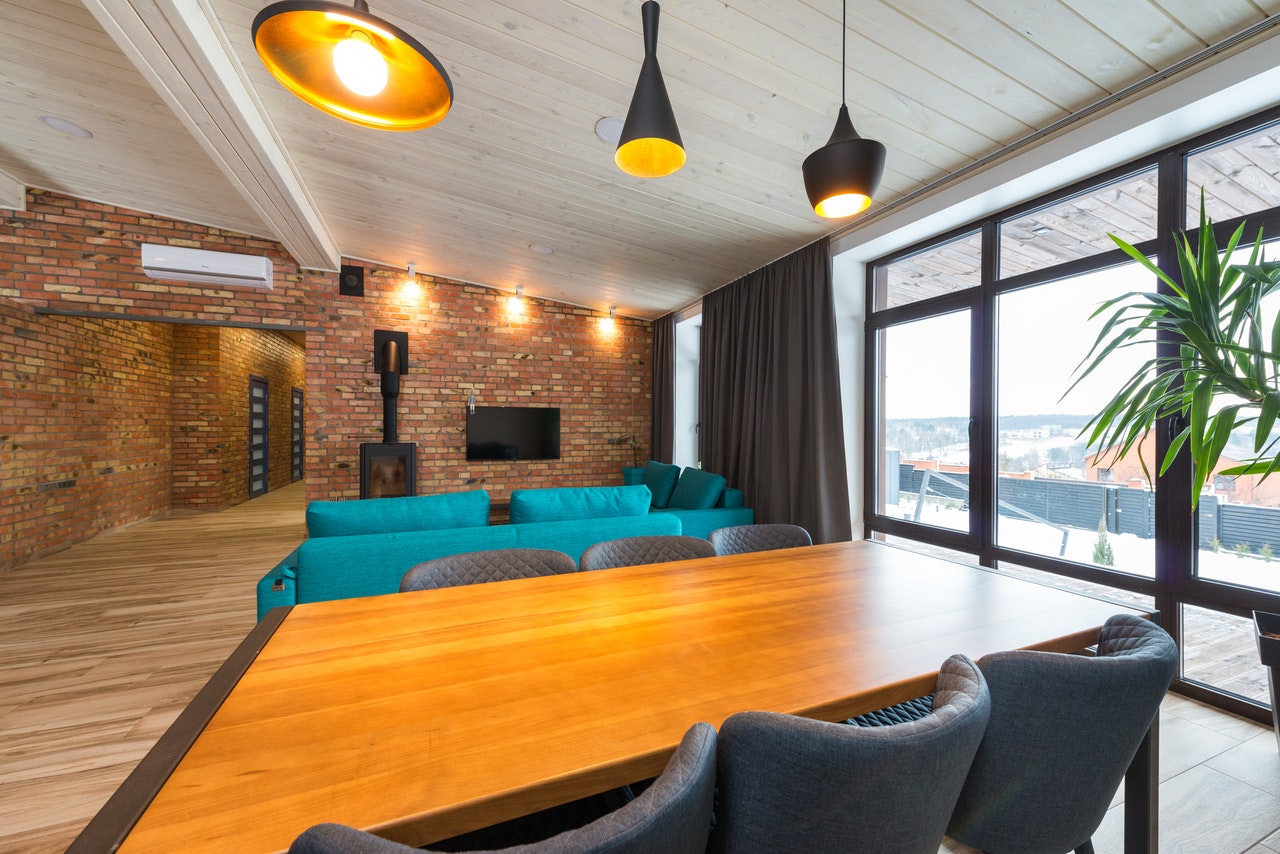For Singaporean businesses eager to expand their reach, the Chinese social commerce platform XiaoHongShu — known internationally as RED — is rapidly emerging as a powerful tool. Blending the visual storytelling of Instagram with the bite-sized engagement of TikTok and the direct shopping functionality of e-commerce platforms, RED is more than just another social media channel. It has become a trusted lifestyle hub for millions, especially among younger, trend-driven consumers.
For Singapore, the timing is ideal. With a steady flow of Chinese tourists, an increasingly China-savvy local population, and the city-state’s status as a global retail and food destination, RED offers businesses a way to connect authentically with high-value audiences. This guide will walk you through what RED is, why it matters for Singaporean brands, and how to get started effectively.
What is XiaoHongShu (RED)?
A Brief History and Origin
XiaoHongShu was launched in 2013 as a platform for Chinese travellers to share overseas shopping tips and reviews. Initially, it served as a community for recommending products purchased abroad. Over time, it evolved into a broader lifestyle content-sharing platform, merging user-generated reviews, social media interaction, and in-app shopping.
By 2025, RED has grown into a global platform with more than 300 million monthly active users. While its core user base remains in mainland China, it is increasingly attracting overseas Chinese-speaking communities and international businesses seeking entry into China’s consumer market.
How It Differs from Instagram, TikTok, and Others
While RED shares visual similarities with Instagram and TikTok, its content culture is notably different. Posts, known as “notes”, often combine images, short videos, and detailed captions, with a strong emphasis on authenticity. Rather than polished influencer aesthetics, users tend to prefer practical reviews, honest opinions, and relatable storytelling.
The platform also integrates e-commerce directly into the experience, allowing users to purchase featured products without leaving the app. This seamless blend of inspiration and transaction is a key reason for its influence on purchasing decisions.
Why Singaporean Businesses Should Pay Attention
Rising Influence Among Chinese-Speaking Audiences
RED is a digital gathering place for Mandarin-speaking consumers worldwide, making it an essential platform for reaching mainland Chinese tourists, expatriates, and Singapore’s own bilingual residents. For sectors like retail, beauty, F&B, and tourism, RED offers direct access to consumers actively seeking recommendations and experiences.
Popularity with Gen Z and Millennials
Much like TikTok, RED thrives among younger users. These audiences value authenticity, peer recommendations, and the discovery of “hidden gems”. For Singaporean businesses, this opens opportunities to highlight unique dining spots, boutique stores, or niche services in a format that resonates with modern consumer habits.
Targeting Inbound Chinese Tourists
Before Chinese tourists travel, many consult RED for itinerary ideas, dining options, and shopping lists. A well-crafted RED presence can place your business directly on their radar before they even land in Changi Airport — potentially turning online interest into in-person sales.
Core Features of RED
Content Types
- Short Videos: Highly engaging, often under one minute, ideal for demonstrating products or showcasing experiences.
- Image Notes: Multiple photos in a carousel format with informative captions, perfect for lifestyle, beauty, and F&B content.
- Text-Focused Notes: Mini-blogs that focus more on advice, reviews, or curated lists.
Algorithm and Discovery
RED’s algorithm promotes content relevance over follower count. Even new accounts can gain visibility if they create high-quality, engaging posts with good keyword optimisation. Discovery often happens through topic searches, hashtags, and location tagging.
E-Commerce Integration
Businesses can open brand stores on RED, enabling users to purchase directly from posts. Additionally, affiliate marketing allows KOLs (Key Opinion Leaders) to earn commissions for driving sales, incentivising influencer collaborations.
How to Set Up a Business Account
Step 1: Registration
Go to RED’s official business portal and sign up for a brand account. You will need:
- Business licence or registration details (ACRA for Singapore businesses).
- Official email and contact information.
Step 2: Verification
Account verification is essential for credibility. This process typically requires submitting your business registration certificate, trademark documents (if applicable), and identity verification for account administrators.
Step 3: Profile Optimisation
- Brand Name: Ensure it is consistent with your other social platforms.
- Logo and Cover Image: Use high-quality visuals.
- Bio: Clearly state what your brand offers in concise, engaging language. Include relevant keywords for discoverability.
Content Strategy for RED
What Works Best on RED
- Authentic Reviews: Showcase your products through honest demonstrations or customer testimonials.
- Behind-the-Scenes Content: Share how your products are made or how your services operate.
- Lifestyle Storytelling: Link your brand to aspirational yet relatable experiences — for example, pairing a café’s signature drink with a walk through Singapore Botanic Gardens.
Leveraging Local Culture
Highlight aspects of Singapore that appeal to RED users:
- Unique hawker food experiences.
- Iconic local brands and design.
- Luxury shopping districts like Orchard Road.
- “Hidden gem” attractions tourists may not find in guidebooks.
Captions, Hashtags, and Keywords
- Write captions in Simplified Chinese if possible, or bilingual (Chinese and English) to widen reach.
- Use specific hashtags relevant to location (#新加坡美食, #SingaporeCafe) and category (#护肤推荐 for skincare, #旅行攻略 for travel tips).
- Include keywords in captions for better search visibility.
Marketing and Growth Tips
Collaborating with KOLs and Micro-Influencers
Influencer marketing on RED tends to focus on micro-influencers with highly engaged niche audiences. Partnering with influencers who have credibility in your sector — such as food reviewers, beauty bloggers, or travel vloggers — can generate authentic exposure.
Product Launches and Campaigns
RED is ideal for:
- Sneak peeks of new products.
- Limited-time offers tied to festive seasons like Chinese New Year or Mid-Autumn Festival.
- Event promotions such as pop-up stores or workshops.
Measuring Engagement and ROI
RED offers analytics tools for tracking:
- Views and interactions.
- Click-through rates to e-commerce pages.
- Sales conversions via affiliate links or in-app purchases.
Regularly reviewing these metrics helps refine your content strategy and budget allocation.
Potential Challenges and How to Overcome Them
Language Barriers
While English-speaking audiences exist on RED, the majority prefer Simplified Chinese.
Solution:
- Engage a bilingual social media manager.
- Use professional translation services to ensure cultural accuracy.
Content Regulations and Cultural Nuances
RED has strict guidelines against exaggerated claims and misleading advertising.
Solution:
- Focus on genuine benefits and factual descriptions.
- Avoid politically sensitive or culturally inappropriate references.
Balancing Authenticity with Promotion
Overly promotional content may be viewed sceptically by RED users.
Solution:
- Use storytelling to naturally integrate your brand into lifestyle narratives.
- Encourage user-generated content and repost genuine customer reviews.
Conclusion

XiaoHongShu (RED) is no longer just a platform for Chinese travellers to share shopping tips — it has become a cultural influencer and purchasing powerhouse. For Singaporean businesses, especially in retail, F&B, tourism, and lifestyle sectors, RED offers a direct bridge to high-spending, trend-conscious consumers.
Success on RED requires more than just uploading product images; it calls for authenticity, local relevance, and consistent engagement. By understanding the platform’s culture, leveraging influencer collaborations, and optimising for discovery, Singaporean brands can position themselves as must-visit destinations for both local and inbound audiences.
With strategic planning and a willingness to adapt to its unique style, RED can be a powerful addition to your digital marketing toolkit — opening doors not just to Chinese-speaking audiences in Singapore, but to a vast and influential global community.








